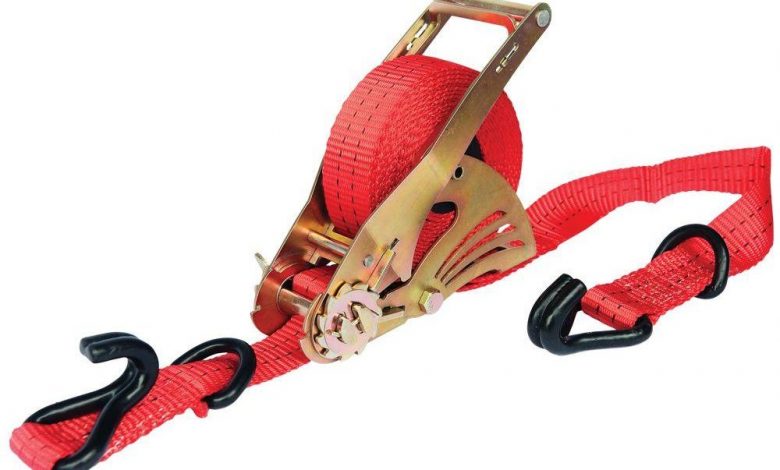
At port, a ship appears to float steadily and stay upright on the water. However, once out at sea, the ship is subjected to 3 different types of motion. One of the most common causes for loss of cargo at sea is because the containers have not been lashed properly ad hence come loose. Not using the correct lashing materials and techniques can results in heavy damages. Let’s look at some of the myths and false assumptions about cargo lashing.
Myth: Once a Container has Been Secured, It will Not Move
Fact: As the ship moves, the container shifts and slides a bit too within the twistlock and sliding socket clearances. Tightening the rods to their full extent is not always advisable as this can lead to the rods taking on additional strain that makes them buckle under load. Similarly, extra lashings can make the stow very rigid and lead to fractured lashing materials. Instead, it is important to make it a practice to adjust lashing tension during the voyage. This is needed especially when there is a change in weather and after passing bad weather. Lashings should ideally be checked every day. If needed the turnbuckles may be tightened.
Myth: Containers can be Stacked in Any Order
Fact: Stacking containers in a random order is a recipe for disaster. When stacking containers, you must ensures that the containers are stacked in such a way that the largest containers are at the bottom and the smallest containers are on top. Do not load heavy containers over lighter containers unless permitted specifically in the ship’s cargo securing manual. It is also important to ensure that the containers do not exceed the maximum permissible stack weight. Not paying attention to the order of container stacking can strain the lashing and cause damage.
Myth: All Twistlocks are the Same
Fact: Twistlocks keep containers secure and in the case of containers that need to be stored without inspection, etc. for extended periods of time, twistlocks maintain the container’s ease of movement. That said, not all twistlocks are the same. Twistlocks can be used to lift containers only when they have been certified and approved for the purpose of doing so. It is also important to note that all twistlocks are not rated to have the same strength. When twistlocks are to be combined, two twistlocks of the same strength rating should be used together.
Myth: Horizontal Lashings from Lashing Bridges can be Used in Place of Vertical Cross Lashings
Fact: Firstly, lashings from the lashing bridge does not behave in the same manner as lashing from the base of the stow. Crossed horizontal lashing will hold the container to the fixed lashing bridge but when the ship moves and twists, this form of lashing will allow the container’s base to move. As a result, the lashings will be strained and may break. This type of lashing may also damage the corner castings of the containers. Hence, horizontal lashings cannot be considered an alternative to vertical lashing. They should be used only when specifically required as per the plans of the Cargo Securing Manual.
Myth: There is No Difference between Stocking Containers in Isolation and in Blocks.
Fact: Not all containers have the same strength. Most container owners follow the two ISO standards while some may maintain their own standards. It is also important to note that containers do not have equal strength throughout. They are more flexible and vulnerable to damage at the door ends. With this is mind, stocking containers in blocks becomes a safer option. Though the containers do not depend on each other for support, a block formation provides protection from the wind and waves. Isolated stacking of containers should be avoided especially in outboard locations.
Using high quality lashing materials and adhering to stacking regulations is key to keeping cargo safe on a ship. All materials must be checked and inspected for quality before they are used. When any of the components required for lashing show signs of wear and tear, they must be kept aside and replaced with new pieces. Remember, the strength of a deck of containers is only as much as the strength of the weakest component. It is paying attention to these small details that ensures safe transportation of cargo.






